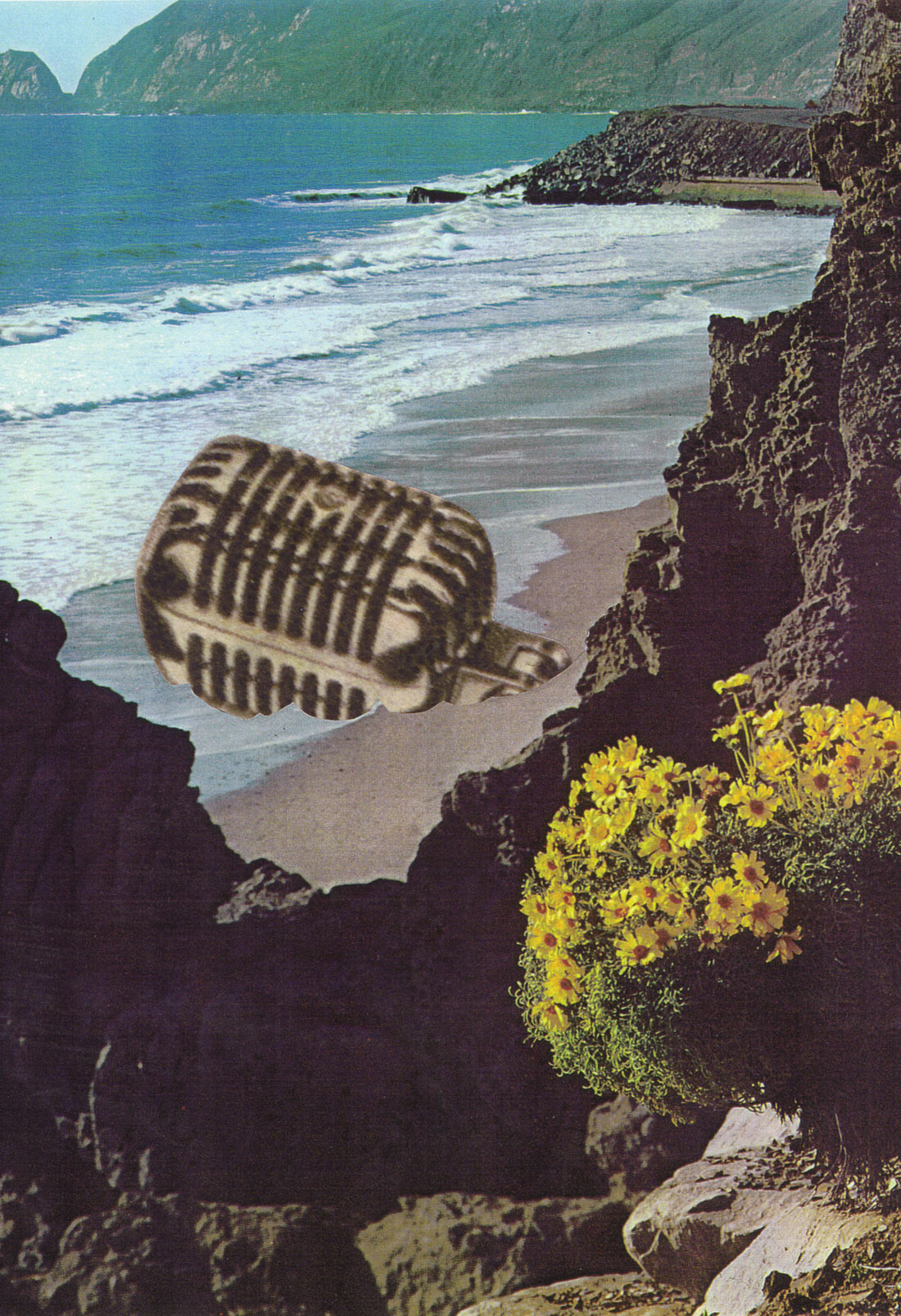The first outboard mic preamp I ever shelled out for was the PreSonus MP20 [Tape Op #35], back toward the close of the previous century. I only sold it last year to help finance a cross-country move, and I honestly kinda regret selling it. For its price, it really couldn't be beat. It had solid build quality and a clean sound; no frills but a clear aesthetic; and good ergonomics. All of that praise could equally apply to the new Eris line of studio monitors that PreSonus unveiled this year.
There are two models - the E5 has a 5.25'' Kevlar woofer that charts down to 53 Hz, and the E8 has an 8'' woofer that extends down to 35 Hz on the spec sheet. Both models sport silk-dome tweeters that reach up to 22 kHz. The speakers are bi-amped by onboard power amplifiers (35+45 watts for the E5, 65+75 watts for the E8). Both models also possess the same sleek, incognito look; everything on the front face is completely black aside from the small glowing blue logo (no name, just logo) near the bottom right corner. They both have slotted bass ports on the front, and inputs (RCA, TRS, and XLR) as well as volume and EQ controls on the back. The Gain control provides up to 35 dB of boost for the unbalanced input and 31 dB for either balanced input. The High control gives you a +/-6 dB shelf at 10 kHz. The Mid control gives +/-6 dB centered around 1 kHz. And the Low Cutoff provides a 12 dB/octave filter at either 80 or 100 Hz, for use with a subwoofer. There is also an "Acoustic Space" setting, which compensates for boundary (wall or corner) bass boosts. A cute little diagram on the rear of the speaker shows which setting should be used based on how your speakers are set up. This attenuation starts surprisingly (to me) high, at 800 Hz. All in all, this is a very impressive amount of control for a powered speaker in this price range.
Having started mixing primarily at home just this year, I had set up a pair of KRK Rokit 5 powered monitors temporarily, not thinking about them as a long-term solution. But I started to really get used to them, and now that I've figured out their quirks, I really like mixing on them. Since the Eris E5 is exactly the same price and roughly the same size, I jumped at the chance to audition it next to the Rokit.
The Rokit's main flaw is that it is pretty tubby in the low- mids. It accentuates an area around 130 Hz, at least in my room, that I've learned to work around. I also feel that the high-end definition is a little lacking, so I have come to rely on my three sets of high-quality headphones to fine-tune the highs. On both of those counts, I feel like the E5 one-ups the KRK. Even with the Acoustic Space control flat, the E5 has tighter bass response. It doesn't seem to go down as far - on paper, the KRK goes one cycle lower to 52 Hz - but there is more definition around the thud part of a kick drum's attack on the E5. In the high-mid to treble region, I feel like the E5 exhibits quite a bit more energy (again at the flat position on the EQ), which can reveal harshness in cymbals and sibilance that the Rokit tends to gloss over. One thing that I did notice is that the E5 seems to have just a hint of a smiley-face curve, with a perceived dip around 1 kHz. Since that's exactly where the Mid control is centered, I boosted it just a bit so as not to accidentally over-emphasize the midrange in my mixes.
As expected, the E8 offers a lot more low end than the E5. It's been a treat to hear quite a bit lower than I was able to with the Rokit pair alone; I'd been relying on headphones and my hi-fi system to get down into the 30s and 40s and below. I find the overall characteristics of the E8 very similar to the E5, with ample high end, tight bottom, and a slightly scooped-sounding midrange. For my situation, they sounded best with the full 4 dB of Acoustic Space attenuation, even though they weren't in the corners. I still felt robust low-end energy and could clearly make out the relationship between the fundamentals of the bass guitar and kick drum.
In the end, I found both of these monitor models very useful tools for the imperfect art of home-studio mixing. I wager if you were to put them up in a very controlled environment, next to speakers you paid a bunch of money for, you would probably find things here and there about them you didn't like - although you may be surprised. Setting them up in my humble (yet effective) home studio for a few months helped me hear things I wasn't hearing previously and helped me to provide better mixes for my clients. At the end of the day, that matters much more than the price tag of the speaker or the label on the front. Job well done, PreSonus.




_disp_horizontal_bw.jpg)